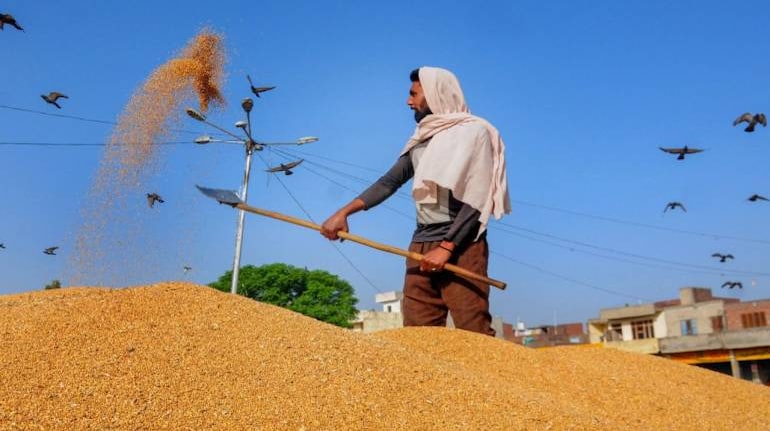



The stock of food grains in the central pool 73.85 million tonnes (mt) as on April 1, recording the highest stock ever for this date, The Indian Express has reported.
The amount, which is 3.5 times the minimum reserve requirement, includes 24.70mt of wheat and 32.24 mt of rice. In addition, the Food Corporation of India and several state government agencies were holding about 25 mt of un-milled paddy, which is equivalent to 16.91 mt of rice, after removing outer husk and inner bran.
Incidentally, wheat stocks are at an all time high when the procurement season for the new crop also starts. Last year, the stock of wheat was 16.9 mt, while that of rice (including un-milled paddy) was 39.8 mt, leading to the total of 56.8 mt of food grain stock in the central pool.
The build up of stocks to such high levels is because of the government procuring excess grain. According to a report in The Times of India, nearly 90 percent of the wheat arriving in mandis over the first 10 days has been procured by the government; while the entire paddy crop has been purchased by government agencies.
The move is being seen as a measure to ensure that farmers do not face hardships during the nationwide lockdown, while also maintaining a surplus in the Food Corporation of India (FCI) silos.
The excess grain is expected to whittle down through the Pradhan Mantri Garib Kalyan Yojana relief package, which was announced for those most affected by the coronavirus lockdown.
Besides, the government has essentially doubled the quota to be distributed to the rural and urban poor under the National Food Security Act, giving 10 kgs of wheat/rice per person per month at Rs 2/3 per kg for a three month period between April and June 2020.
During the lockdown, daily-wage workers and the poor are facing the threat of large scale hunger with the sudden collapse of workdays and income. Meanwhile, farmers have begun harvesting and transporting a bumper wheat crop to the mandis.
Hence, the free distribution of food will not only ensure aid to those in distress, but also might give relief to the government, which is facing challenges aplenty in storing the excess stock. According to the report in The Indian Express, the total storage capacity with FCI and state agencies is about 75.85 mt as on December 31, 2019.
Discover the latest Business News, Sensex, and Nifty updates. Obtain Personal Finance insights, tax queries, and expert opinions on Moneycontrol or download the Moneycontrol App to stay updated!
Find the best of Al News in one place, specially curated for you every weekend.
Stay on top of the latest tech trends and biggest startup news.